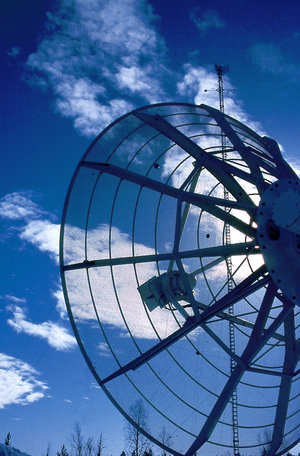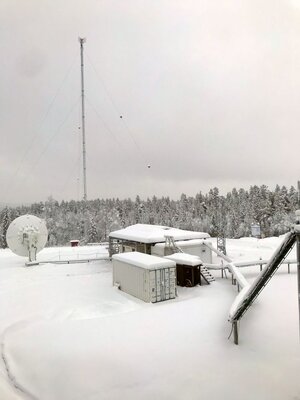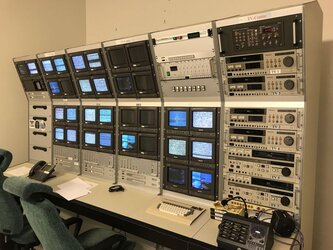Accept all cookies Accept only essential cookies See our Cookie Notice

About ESA
The European Space Agency (ESA) is Europe’s gateway to space. Its mission is to shape the development of Europe’s space capability and ensure that investment in space continues to deliver benefits to the citizens of Europe and the world.
Highlights
ESA - United space in Europe
This is ESA ESA facts Member States & Cooperating States Funding Director General Top management For Member State Delegations European vision European Space Policy ESA & EU Space Councils Responsibility & Sustainability Annual Report Calendar of meetings Corporate newsEstablishments & sites
ESA Headquarters ESA ESTEC ESA ESOC ESA ESRIN ESA EAC ESA ESAC Europe's Spaceport ESA ESEC ESA ECSAT Brussels Office Washington OfficeWorking with ESA
Business with ESA ESA Commercialisation Gateway Law at ESA Careers Cyber resilience at ESA IT at ESA Newsroom Partnerships Merchandising Licence Education Open Space Innovation Platform Integrity and Reporting Administrative Tribunal Health and SafetyMore about ESA
History ESA Historical Archives Exhibitions Publications Art & Culture ESA Merchandise Kids Diversity ESA Brand Centre ESA ChampionsLatest
Space in Member States
Find out more about space activities in our 23 Member States, and understand how ESA works together with their national agencies, institutions and organisations.
Science & Exploration
Exploring our Solar System and unlocking the secrets of the Universe
Go to topicAstronauts
Missions
Juice Euclid Webb Solar Orbiter BepiColombo Gaia ExoMars Cheops Exoplanet missions More missionsActivities
International Space Station Orion service module Gateway Concordia Caves & Pangaea BenefitsLatest
Space Safety
Protecting life and infrastructure on Earth and in orbit
Go to topicAsteroids
Asteroids and Planetary Defence Asteroid danger explained Flyeye telescope: asteroid detection Hera mission: asteroid deflection Near-Earth Object Coordination CentreSpace junk
About space debris Space debris by the numbers Space Environment Report In space refuelling, refurbishing and removingSafety from space
Clean Space ecodesign Zero Debris Technologies Space for Earth Supporting Sustainable DevelopmentLatest
Applications
Using space to benefit citizens and meet future challenges on Earth
Go to topicObserving the Earth
Observing the Earth Future EO Copernicus Meteorology Space for our climate Satellite missionsCommercialisation
ESA Commercialisation Gateway Open Space Innovation Platform Business Incubation ESA Space SolutionsLatest
Enabling & Support
Making space accessible and developing the technologies for the future
Go to topicBuilding missions
Space Engineering and Technology Test centre Laboratories Concurrent Design Facility Preparing for the future Shaping the Future Discovery and Preparation Advanced Concepts TeamSpace transportation
Space Transportation Ariane Vega Space Rider Future space transportation Boost! Europe's Spaceport Launches from Europe's Spaceport from 2012Latest

Esrange launch tower
Thank you for liking
You have already liked this page, you can only like it once!
An interior view of a launch tower for suborbital rockets at Esrange, near Kiruna in Sweden. ESA launches sounding rockets from here to run experiments in microgravity as they climb to heights of 270 km before returning to Earth, offering six minutes of weightlessness in the process.
The latest launch was in December 2015 on the 13th Maser rocket, with the next campaign scheduled in November.
The advantages of launching from inside a heated tower, as opposed to transporting a rocket to an open pad, is to protect the vehicle and payload from the elements. Protecting experiments from freezing can be important 145 km north of the Arctic Circle, especially for research involving fluids.
The weather conditions are extremely important for a launch from Kiruna so Esrange has its own meteorology towers, and a series of weather balloons is released before every firing to assess the winds at high altitude.
The complete rig can be rotated and inclined because the Maser rocket has to be launched with the wind. As the solid propellant burns, the rocket’s centre of mass rises and the wind pushing on the base curves the vehicle’s path into the wind.
Mission control needs to judge the weather accurately and fine-tune the launch angle before giving a go for liftoff.
The accuracy of their calculations is important to get the best weightless conditions for the experiments at the top of the flight path, well above the atmosphere. It also makes sure the experiments parachute down inside the designated safe zone for quick retrieval by helicopter.
The vertical opening in this picture guides the rocket’s three fins to set it on course.
The impact area to the north is unpopulated except during hunting and reindeer herding seasons, when Esrange coordinates with the local Sámi people to put all launches on hold.
-
CREDIT
N. Melville CC BY-NC-SA 2.0 -
LICENCE
ESA Standard Licence

Northern lights

Esrange tracking antenna

MASER 11 sounding rocket launches from Esrange

Esrange launch facility















 Germany
Germany
 Austria
Austria
 Belgium
Belgium
 Denmark
Denmark
 Spain
Spain
 Estonia
Estonia
 Finland
Finland
 France
France
 Greece
Greece
 Hungary
Hungary
 Ireland
Ireland
 Italy
Italy
 Luxembourg
Luxembourg
 Norway
Norway
 The Netherlands
The Netherlands
 Poland
Poland
 Portugal
Portugal
 Czechia
Czechia
 Romania
Romania
 United Kingdom
United Kingdom
 Slovenia
Slovenia
 Sweden
Sweden
 Switzerland
Switzerland

























